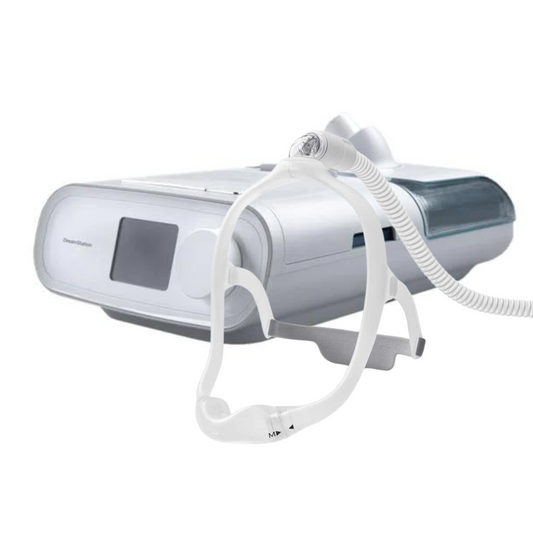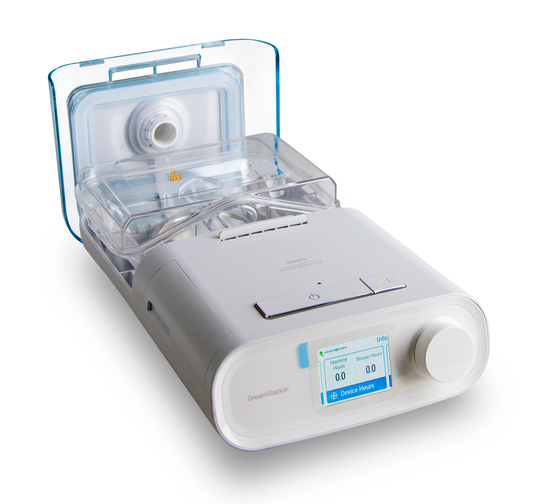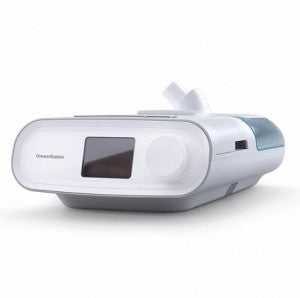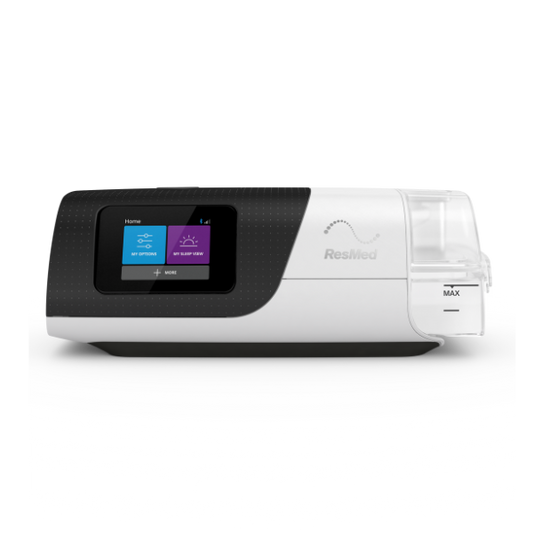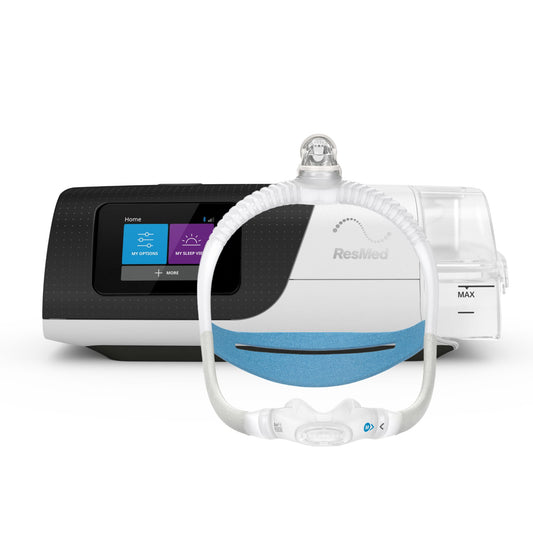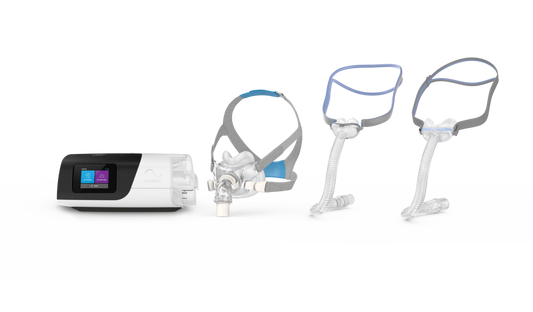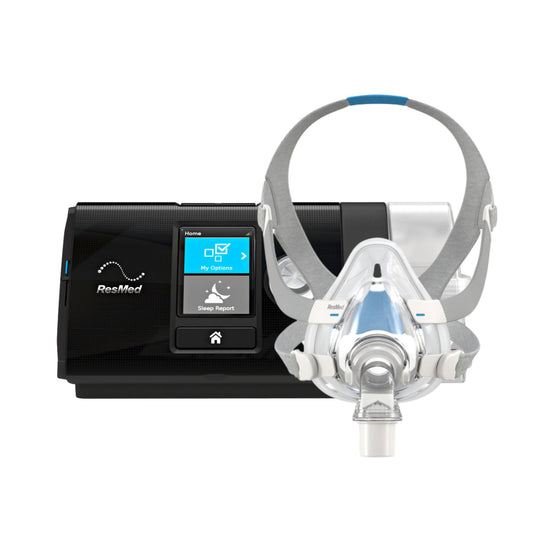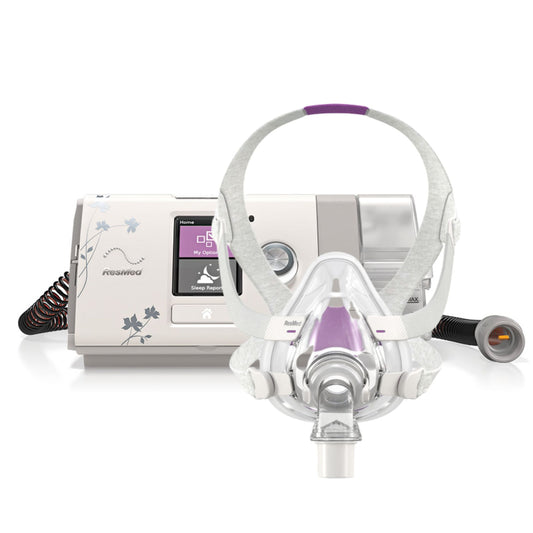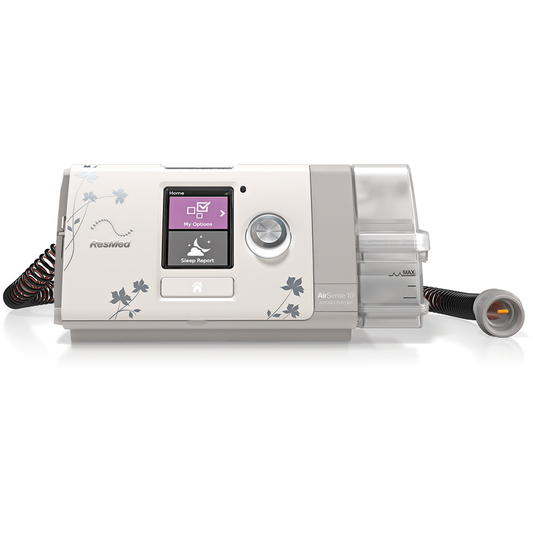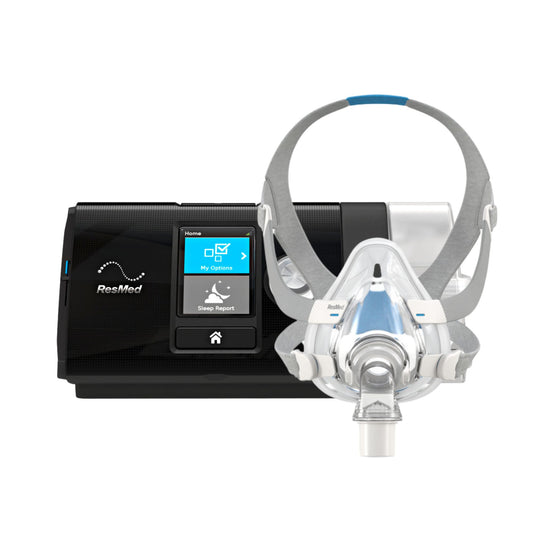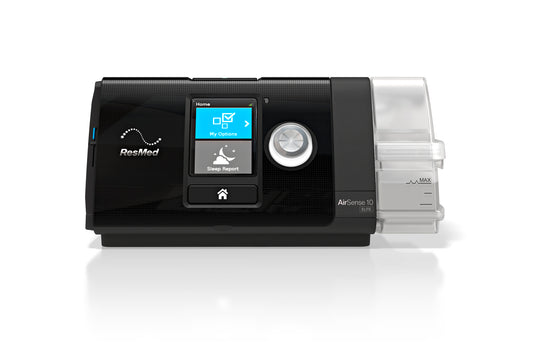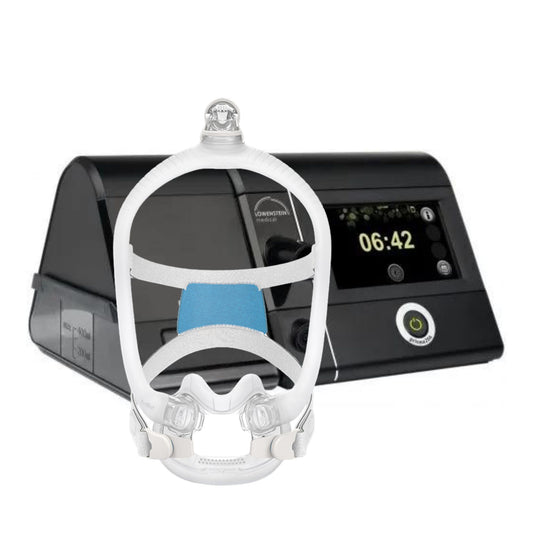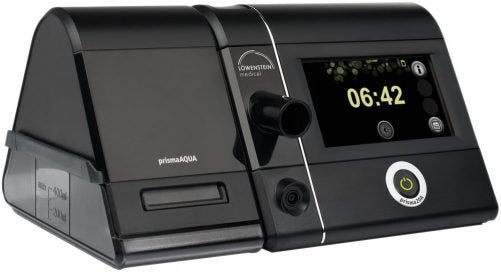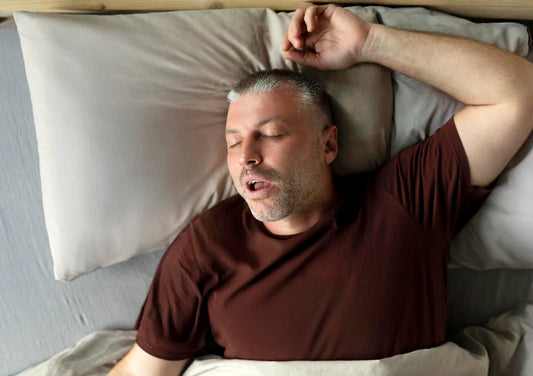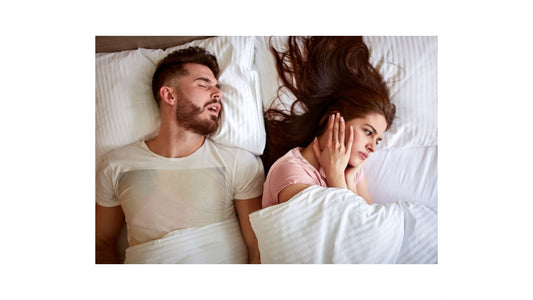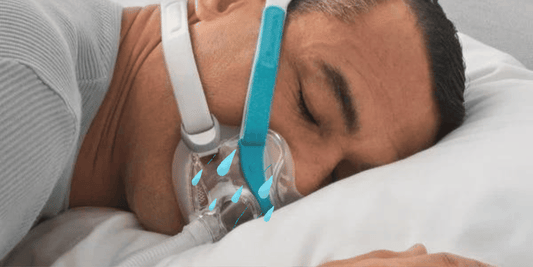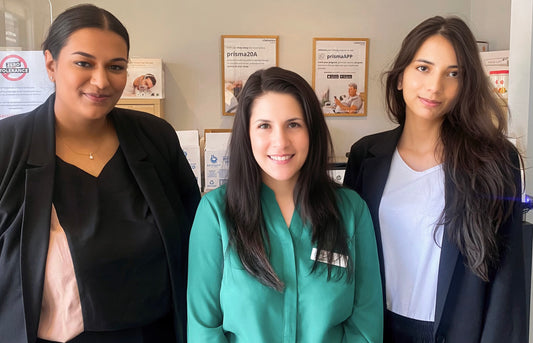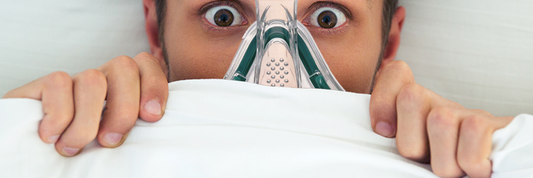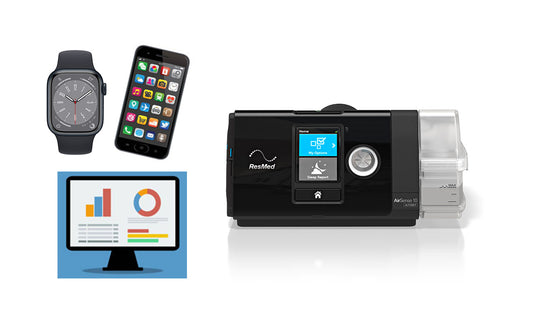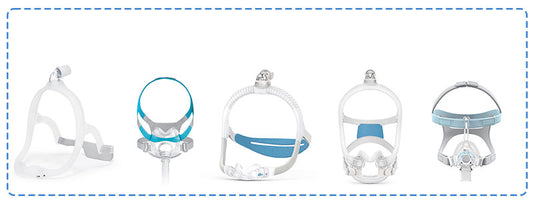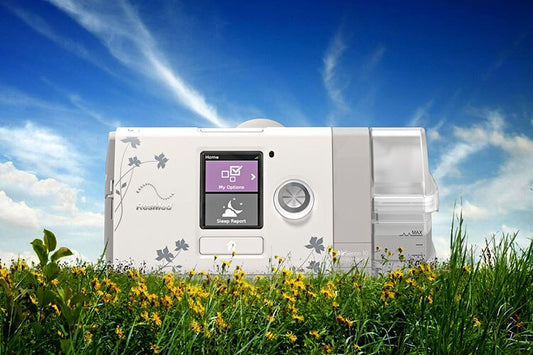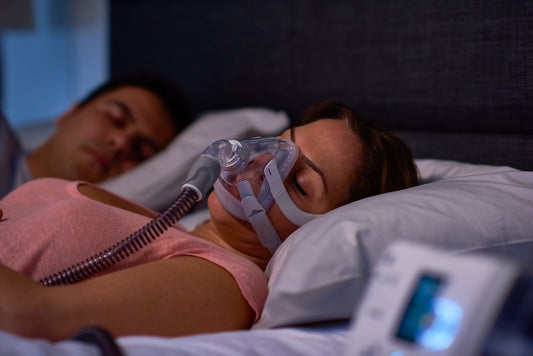Presently, there are no medications available for the efficient treatment of obstructive sleep apnoea. However, there are some drugs that may be prescribed by medical doctors to aid OSA patients. Oral or dental devices may also be prescribed in some cases to help in the treatment of sleep apnoea.
Medications
In cases of central sleep apnoea, including infant and children sleep apnoea, sleep doctors may prescribe Methylxanthine Theophylline. This drug has been found to aid those suffering with central sleep apnoea but has proven to be inefficient to treat adults with OSA.
In some cases where the normal treatment for sleep apnoea is ineffective, stimulants such as Modafinil have been prescribed. This drug is most often given to people suffering from uncontrolled sleepiness such as narcolepsy or somnolence. This anti-narcoleptic drug promotes wakefulness and at times has proven to be successful in controlling OSA.
A tricyclic antidepressant branded as Protriptiline has shown to be helpful to some persons with sleep apnoea. Medroxyprogesterone and acetazolamide have prescribed to some patients to aid them normalize their breathing. To help wide or open up the upper air passage, nasal decongestants and prescription decongestants have shown to be quite helpful to some patients with mild sleep apnoea.
These medications are not to be taken without a qualified doctor’s prescription.
Dental Appliances and Orthodontic Treatment for People with Sleep Apnoea
There are cases wherein the use of oral or dental devices helped treat obstructive sleep apnoea. Consultation with qualified dentist is needed to assess and discuss the best dental appliance option for treating sleep apnoea. These oral devices are custom-fitted or made and could be quite expensive. Though these dental appliances have a relatively moderately success rate for treating OSA, they are still a good option for OSA patients who cannot tolerate CPAP therapy. Research indicates that oral appliances have a higher success rate than surgery in treating OSA.
MAD or Mandibular Advancement Device is a very popular treatment option for people with mild to moderate sleep apnoea. The device force opens the lower jaw forward and down which in turn aids in opening and keeping open the air passage. A MAD looks like a mouth guard used in sports.
Sleep splints are used for keeping the tongue in a particular position to increase the airway’s opening.
A magnetic system that keeps the jaws open for a wider, open airway employs the use of two magnets places on opposite sides of the patient’s jaws.
An orthodontic procedure called Rapid Maxillary Expansion involves the insertion of temporary screws on the upper teeth. These screws are tightened or turned over a 3 to 4 week, thereby reducing nasal pressure that could improve breathing with patients with narrow upper jaw.
Conclusion
These options may or may not prove to be effective in treating your sleep apnoea. The best thing is for you to consult with a professional sleep therapist or sleep doctor to explore your treatment options.
Call us at 1300 750 006 NOW!
